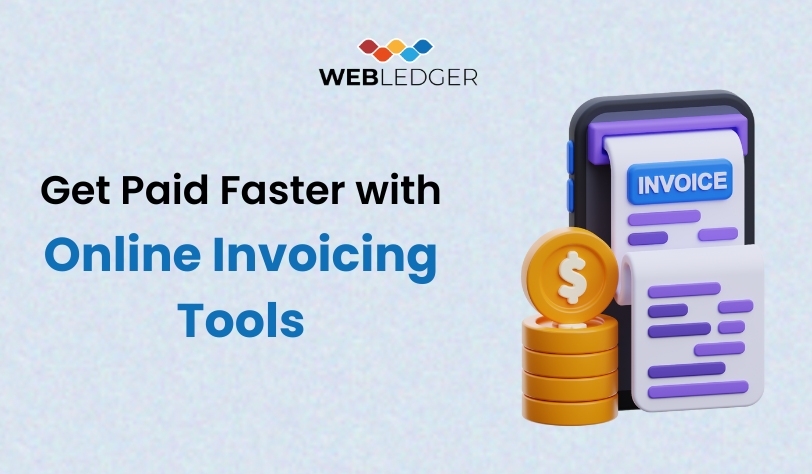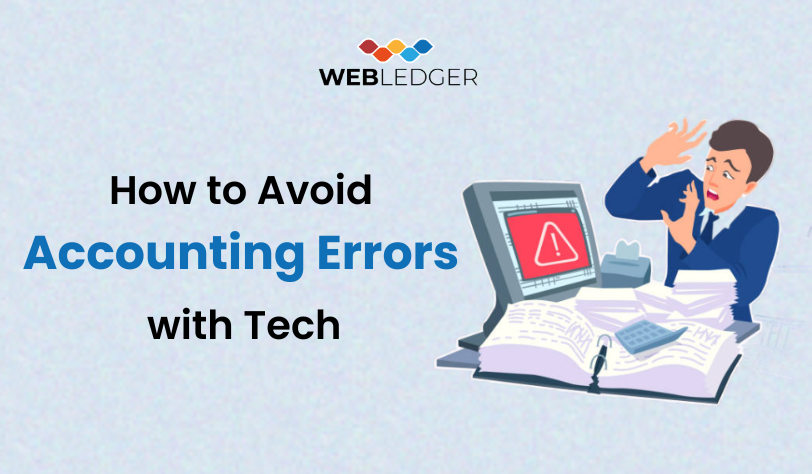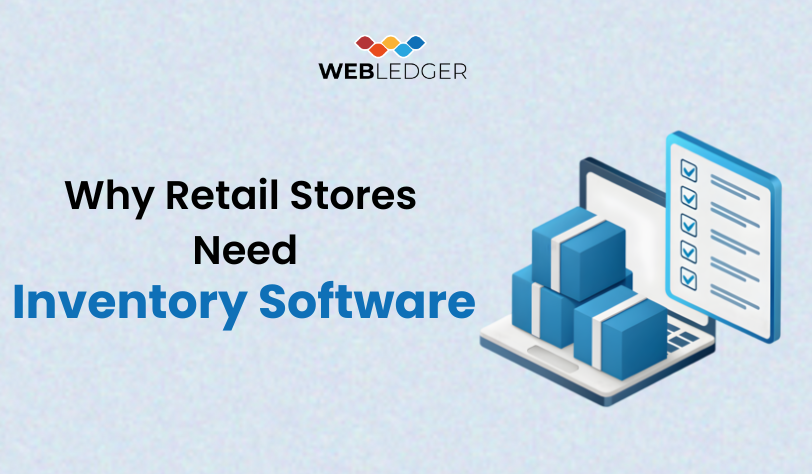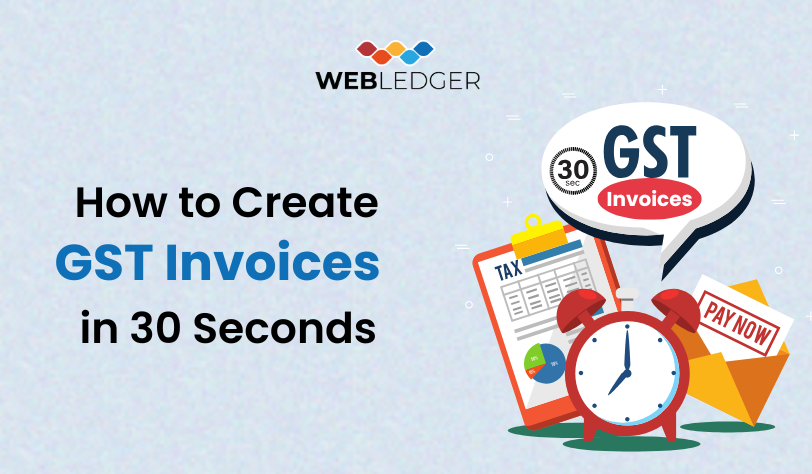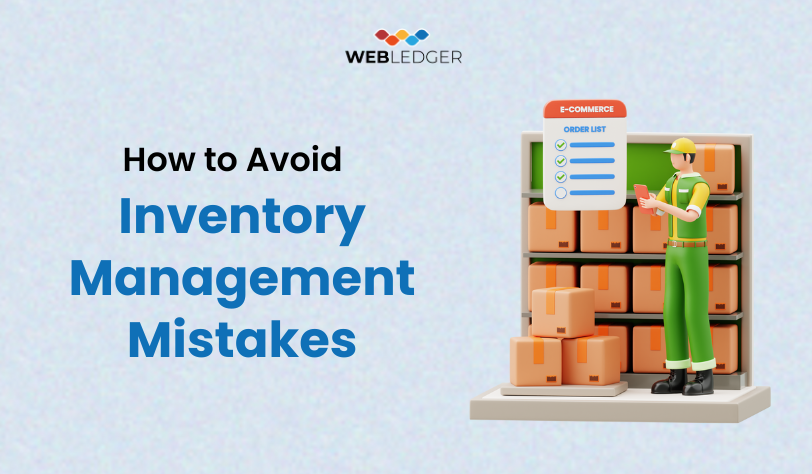In today’s time, teams have to automate tasks, increase productivity, and deliver projects on time and work as per the budget. Real-Time Task Tracking and integrated timers can accomplish it. Our cloud-based software – WebLedger, knows what problems companies face when it comes to real-time tracking and task management. That is why we are committed to workflow ease tools that help teams accomplish their goals.
Imagine an organisation with thoroughly established work, timely deadlines, and common information. All of this can be done with the best task management tools and time-tracking software. Let us see how these tools will optimise your workflow and boost productivity.
What is Real-time tracking and timer software?
Real-time task tracking and timer software enable individuals and groups to track work progress precisely. The software includes timers, task grouping, and reporting, which give insights into time spent and productivity. By eliminating paper-based time sheets and giving instant information, such systems streamline processes, improve project management, and automate billing.
Moreover, these solutions enhance accountability and collaboration. These applications give insights through data for efficient resource management and decision-making to identify areas of improvement and maximise staff potential. Through transparency and effective time management, these tools enable teams to maximise their performance and reach their goals.
Key Advantages of Real-Time Task Monitoring
- Increased Transparency: Team members and managers can monitor progress on in-progress projects in real time with the help of real-time dashboards. Having information in real-time makes it simple to identify roadblocks and problems at an early stage so that they can involve and put things in order before they become big hiccups.
- Enhanced Coordination: Real-Time Task Monitoring facilitates proper communication among the members. All members are taken on the same page regarding project objectives, timelines, and tasks on a single platform with fewer miscommunications and misinterpretations. This type of environment instils the desire among members to coordinate and assist each other for the benefit of all.
- Increased Responsibility: Since the work is live monitored round the clock, time and responsibility become all the more relevant. The team members are encouraged more to be responsible and transparency of activity status guarantees they are accountable for delivering timely as well as within estimated costs. These points increase the mindset of responsibility and accountability towards project delivery.
- Decision-Making Based on Data: Due to data being real-time, the project managers and team leaders are allocating resources, planning project calendars, and making decisions about strategy with data in real time. The teams are not constrained by hindsight data but rather can achieve planning and implementation through real performance parameters, which translates to better and productive results.
- Anticipatory Problem Solving: Anticipation of problems and problem-solving before the problem arises minimises delays and surprise expenses by a significant amount. With ongoing project well-being monitoring, teams are able to provide real-time correction measures, thus never allowing the project to go wrong or off course.
Incorporating Time Tracking for Increased Productivity
While Real-Time Task Tracking offers a real-time picture of project status, the use of Time Tracking Software brings about a considerable level of precision. By capturing the time utilised for each task, organisations achieve invaluable insight into team productivity, project performance, and resource utilisation.
Features of Time Tracking Software
- Proper Project Costing: Time Tracking Software makes sure that the teams can track billable hours against the expense of a project with very high accuracy. This, while making sure that the projects are accurately costed, also enables easy and detailed reporting on behalf of clients and stakeholders with ease, thus ensuring greater levels of financial disclosure and trust.
- Improved Time Management: From the examination of time-tracking data, teams are able to plan and prevent time wastage on non-productive activities, leading to efficient workflows. The workers are better aware of how they utilise time, thus better positioned to prioritise issues more efficiently and improve overall productivity.
- Better Resource Management: Real-time monitoring of time provides assistance in effective resource management. Project managers are able to determine if more assistance is required in a particular area and reassign the workload accordingly so that all the members are utilised to their optimal capacity.
- Increased Productivity: With increased time awareness, Time Tracking Software allows for greater focus and fewer distractions. Groups can have better balanced time management, which means more productivity and successful projects.
- Efficient Reporting: Time Tracking Software enables efficient reporting with minimal effort in developing detailed reports about project activity, team productivity, and resource use. The reports can be easily tailored to the different stakeholders in a way that all levels of the organisation, from team members through to senior-level managers, are well placed to achieve insights needed for making effective decisions.
The integration of Real-Time Task Tracking and Time Tracking Software is a solid base for project management effectiveness enhancement, enhanced collaboration, and team productivity enhancement. The use of these tools not only assists organisations in meeting their project objectives but also assists them in handling sustainable success in a competitive business environment.
Choosing the Right Tools for Your Workflow
The appropriate Task Management Tools, Time Tracking Software, and Productivity Apps should be chosen to make things more effective. Compare options on the following:
- Ease of Use: Choose tools which are easy to operate and convenient. A useless tool will reduce productivity.
- Integration Abilities: Pick tools which are easy to integrate with installed software and the process.
- Customisation Options: Choose tools with customisation as per your own requirements.
- Reporting and Analytics: Choose tools with good reporting and analytics capabilities.
- Mobile Accessibility: Ensure that the tools can be accessed through mobile phones in order to allow members to work from anywhere outside the office.
- Scalability: Choose tools which are scalable depending on your business.
- Security: Ensure the software company has good security measures in place to safeguard confidential information.
The Role of Productivity Apps
Productivity apps are the performance improvement software applications of choice in the modern busy world. The most notable features are:
- Task Management: Enables the user to create, prioritise, and follow up on tasks and thereby get organised and hit deadlines.
- Time Tracking: Individuals can monitor how long they spend so that they can know where they can work more effectively.
- Collaboration: Apps facilitate real-time collaboration, with the work being shareable in collaborative spaces for brainstorming and document sharing, communication, and community building.
- Communication Tools: The presence of messaging and video calling capabilities integrated into them facilitates easy communication, lessening the need for long emails.
Overall, productivity apps boost task and time management, collaboration, and communication, thus leading to increased productivity and accomplishment.
Types of Productivity Apps:
- Project Management Apps: Asana, Trello, and Jira are apps utilised for effective project, task, and team management.
- Time Tracking Apps: Toggl Track, Clockify, and Harvest are apps that track time effectively and log it.
- Collaboration Apps: Slack and Microsoft Teams are apps utilised for effective communication and collaboration.
- Note-Taking Apps: Evernote and Notion are apps utilised for storing notes and ideas in an organised way.
- Concentration Apps: Apps that enhance concentration and reduce distraction.
How to effectively use Real-Time Task and Time Monitoring software?
Use Real-Time Task Monitoring and Time Monitoring Software effectively by the following ways:
- Define Objectives: Define objectives and goals in order to install these tools clearly.
- Tools Selection: Select the right tools where necessary.
- Train Your Team: Train your team for the usage of the tools.
- Design Procedures: Create separate procedures for handling tasks and time tracking.
- Check Data: Regularly check data to determine where there is room for improvement.
- Foster Accountability: Create a culture of accountability and openness.
Conclusion: The Future of Workflow Enhancement
With years going by, we will see more advanced Task Management Tools, Time Tracking Software, and Productivity Apps. They will be driven by artificial intelligence and machine learning to automate processes and boost productivity.
At Webledger, we will keep up with such advances and inform you about the facts. With Real-Time Task Tracking and integrated timers, businesses can unleash their potential and become more successful than ever.
Simplifying your work process with Real-Time Task Tracking and built-in timers is of great significance in the modern competitive business environment. Equipped with the right tools and a smart strategy, you can enable your employees to work more effectively and achieve your business objectives.
Book a demo today and sign up for a free trial for WebLedger Office to learn more about our product.


